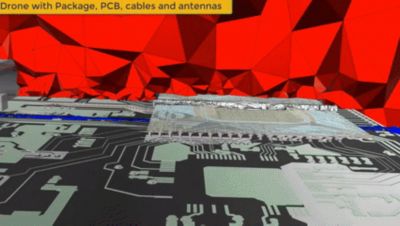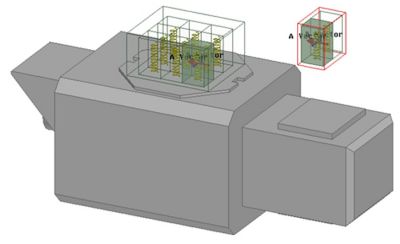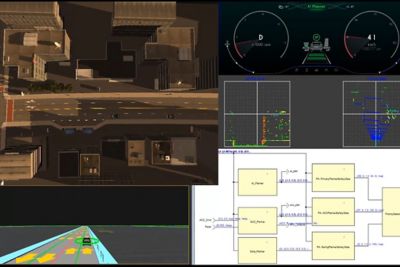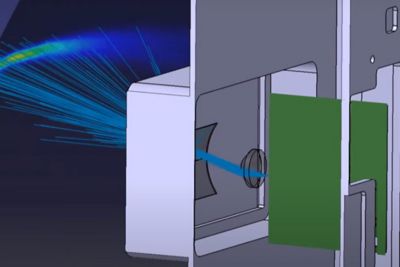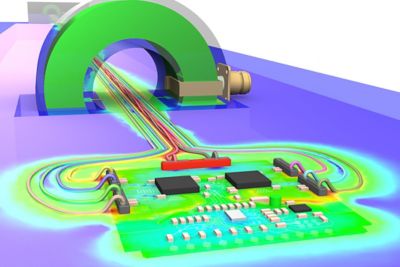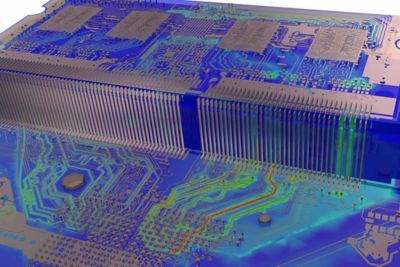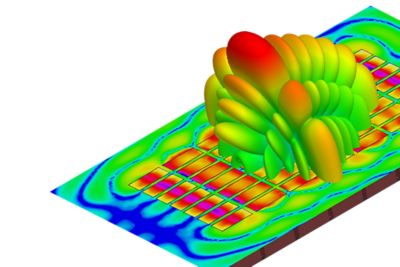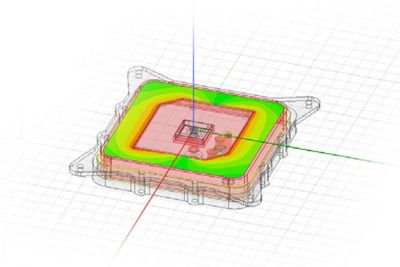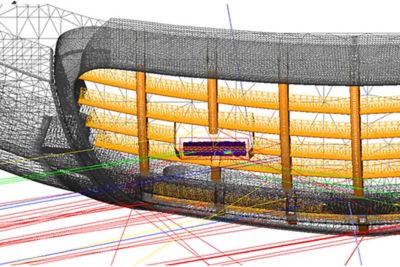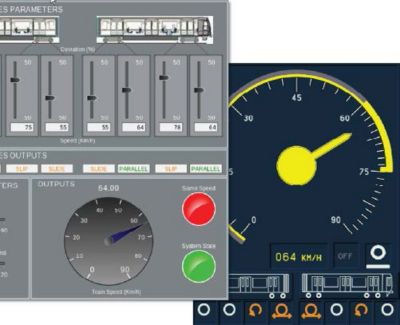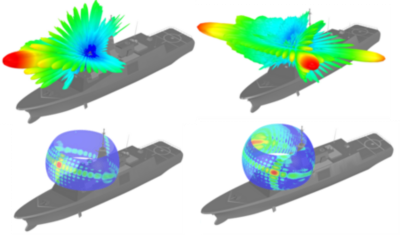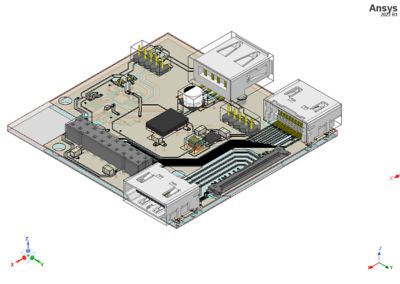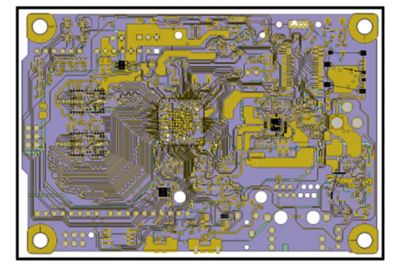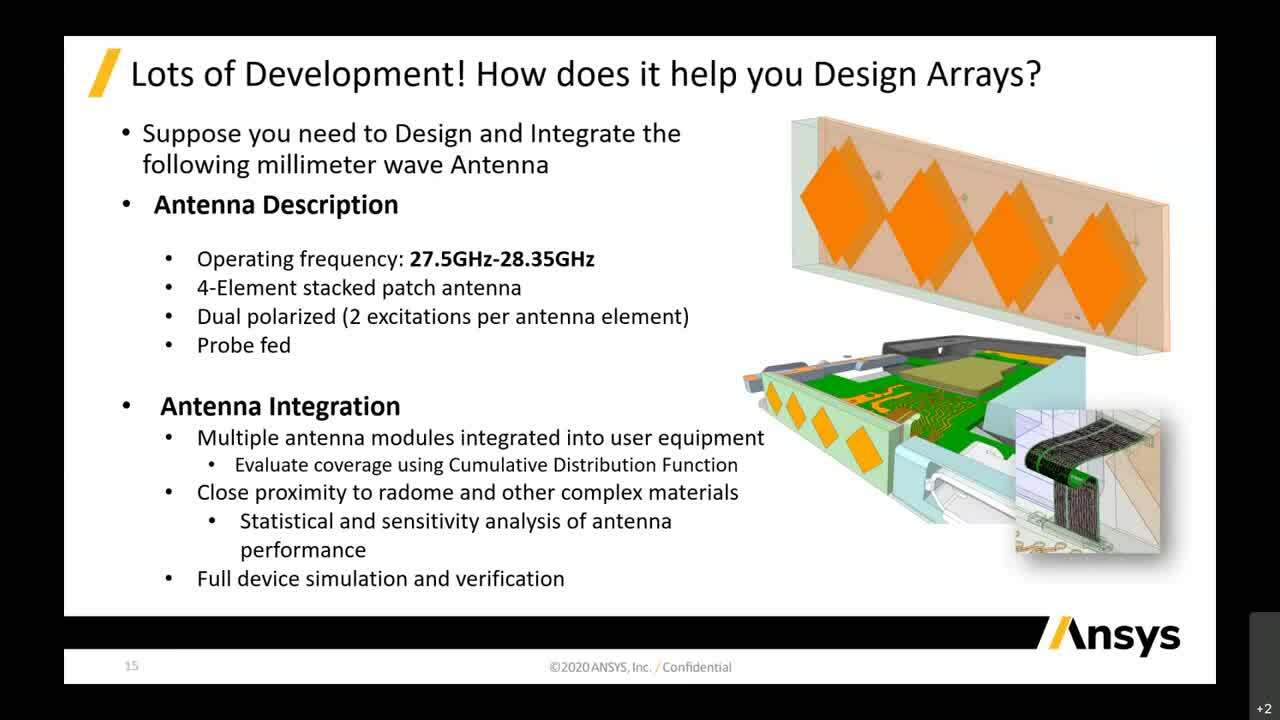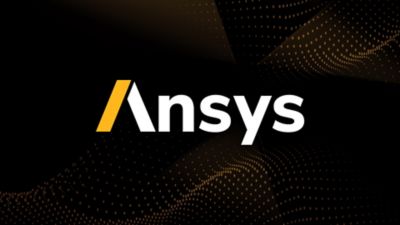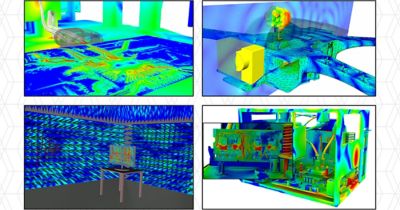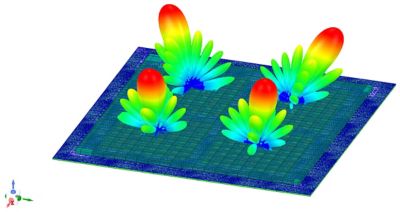Les utilisateurs peuvent tirer parti d'un flux de travail sans accroc dans Electronics Desktop, qui comprend des solveurs de champs électromagnétiques avancés et qui lie ces derniers dynamiquement pour former des simulateurs de circuit électrique afin de prévoir les performances EMI/EMC d'appareils électriques. Ces flux de travail intégrés évitent les itérations de conception répétitives ainsi que les tests de certification EMC récurrents coûteux. Plusieurs solveurs EM destinés à résoudre divers problèmes électromagnétiques ainsi que les simulateurs de circuit dans Electronics Desktop aident les ingénieurs à évaluer la performance globale de leurs appareils électriques et à créer des conceptions sans interférence. Ces divers problèmes vont des émissions rayonnées et conduites, de la susceptibilité, de la diaphonie, de la désensibilisation RF, de la coexistence RF, des interférences cosite, des décharges électrostatiques, des transitoires électriques rapides (EFT), des rafales, des effets de foudre, des champs à haute intensité (HIRF), des dangers de rayonnement (RADHAZ), des effets environnementaux électromagnétiques (EEE), des impulsions électromagnétiques (EMP) à l'efficacité de blindage et à d'autres applications EMC.
